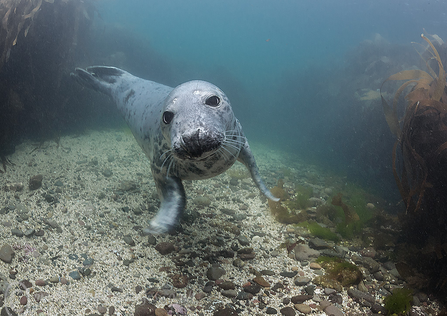- New series of reports – The Blue Carbon Mapping Project – provide the first estimate of carbon stored in UK seabed habitats, including in Marine Protected Areas (MPAs).
- 37.4 million tonnes of organic carbon* are stored in just the top 10cm of seabed sediments (principally made of mud) in the North Sea, plus coastal habitats including saltmarshes and seagrass beds.
- UK seabed habitats could capture up to 13 million tonnes of organic carbon every year – almost three times the amount sequestered by the UK’s forests.
- Seabed disturbances, including from bottom trawling and offshore development, are identified as threats to blue carbon stores, as nature charities call for stronger protections for UK seas.
A new series of reports published today by a coalition of nature charities means the UK is the first nation to map and estimate the amount of carbon stored in its seabed habitats, including in Marine Protected Areas (MPAs).
The report is part of The Blue Carbon Mapping Project, completed by the Scottish Association for Marine Science (SAMS) on behalf of WWF-UK, The Wildlife Trusts and the RSPB. The series of reports mean the UK is the first nation to map and estimate the amount of carbon stored in its seabed habitats, including within Marine Protected Areas (MPAs).

